The Bass MicroSynth by ElectroHarmonix is a filter designed for use with a bass guitar. While it excels at this use, and helped provide a signature sound for Bootsy Collins in the �70's, it also is a versatile beast when applied to electronic music. Bass lines, drum loops, vocal samples and virtually any other signal will take on a new life when fed thru this box.
Being a stompbox designed for guitar use, it has 1/4� mono inputs and outputs. It is encased in a sturdy steel box and is quite rugged. I've been gigging with mine, ( 3 to 4 nights a week ), for a year and it has held up admirably. This includes falling from the top of my amp, being dragged around once I've surpassed the length of my guitar cable and drunken load outs. In other words, it's a tank.
For controlling the effect, there are ten sliders divided into four groups. Going from left to right the groups are:
a) trigger, which controls how sensitive the filter is to the incoming signal
b) voice mix, which controls the volume of the incoming signal with four sliders. These sliders are, sub octave - which adds a somewhat muddy duplication of the signal an octave lower ( by no means an exact duplication, but an interesting effect nonetheless), guitar - which is simply the volume of the signal, octave - which �seems to highlight certain frequencies an octave higher ( again , not an identical duplication but sounds good anyway ) and square wave - which adds square wave distortion, much like a Superfuzz or Fuzzface distortion pedal. When using a guitar, the square wave provides nearly endless sustain!
c) attack delay - which controls the attack of the signal, much like the envelope generator on an analog synth
d) filter sweep - which controls the resonance, starting and stopping frequencies of the sweep and the duration of the sweep. This section has four sliders as well, one each for resonance, start freq, stop freq, and rate.
What seems to set this unit apart from other filters (I've only used the filters on synth's before) is it's ability to automatically start a filter sweep. I suppose it was designed this way so that a guitarist could get the exact same filter sweep with each pluck of a string. How this benefits someone using it to filter perhaps a drum loop, is that the sensitivity of the trigger can be set so that certain hits within the drum loop set off the filter. Since the filter is triggered by the loop, then it is going off in perfect time with the loop and thus accenting the rhythm of the loop. When being used with a vocal, it can add a �wah' eff dect to the voice, and make it sound more like a synth than a human. Adding distortion and enhancing the octave can further mutate the sound. Simple upward and downward filter sweeps are easily achieved with this unit also.
Ultimately, it's rather difficult to describe with words what this pedal can do. The sounds speak for themselves.
For a stompbox, this pedal is rather expensive, retailing at around $280 (USD). It will, however, mutate any sound you put into it into something entirely different. I have found it to be entirely useful, both as a bassist and in the studio. Let your ears decide.



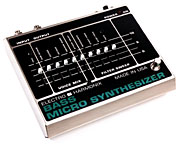


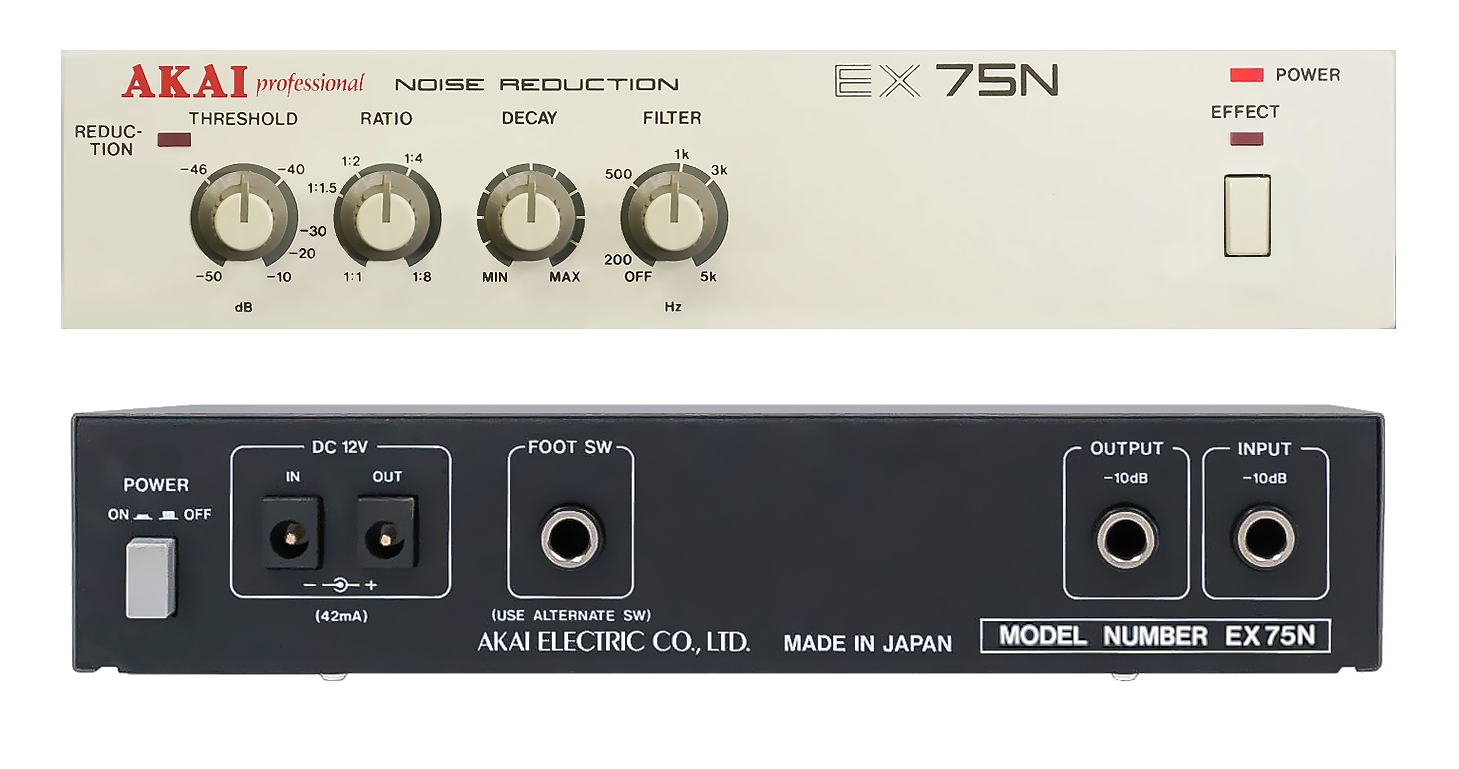


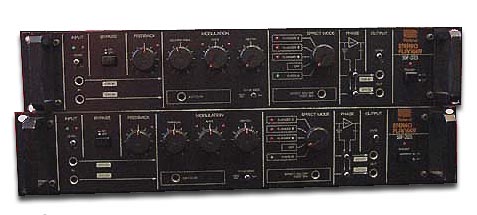
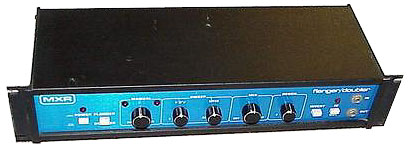
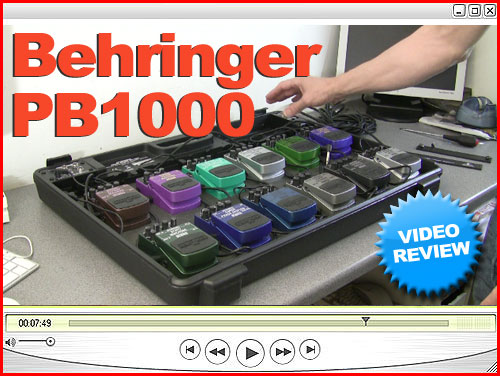

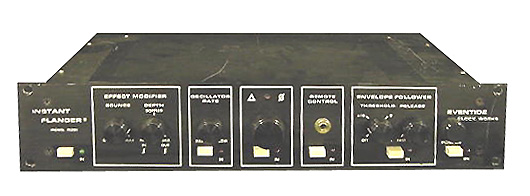

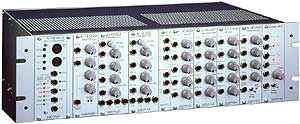

Read 4 comments
Add review/comment